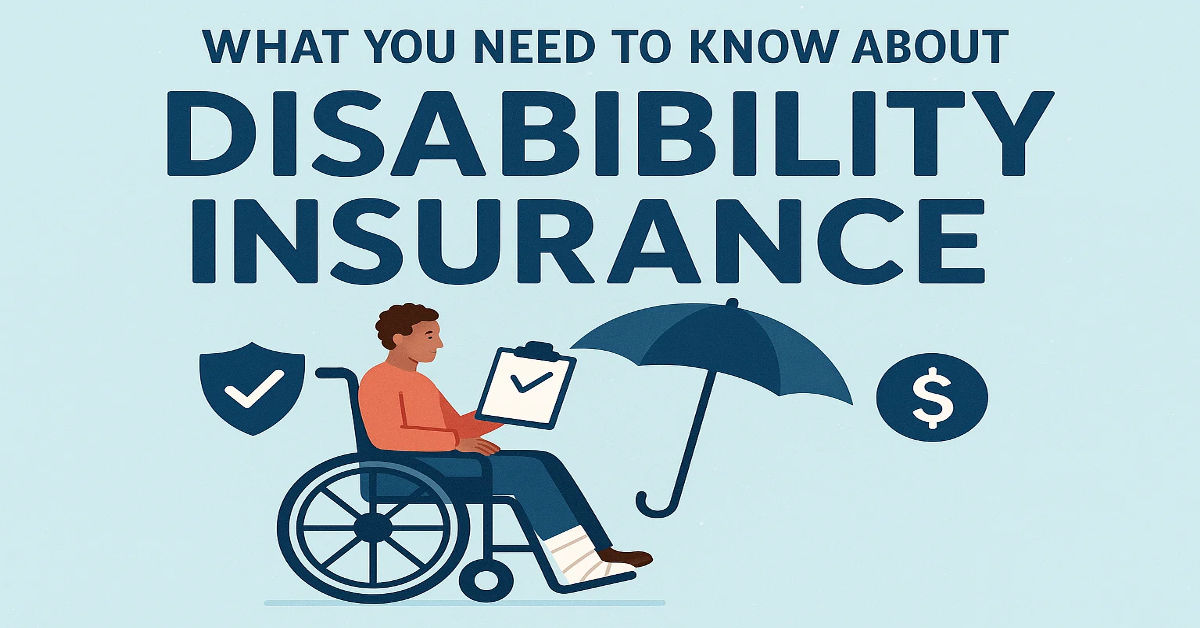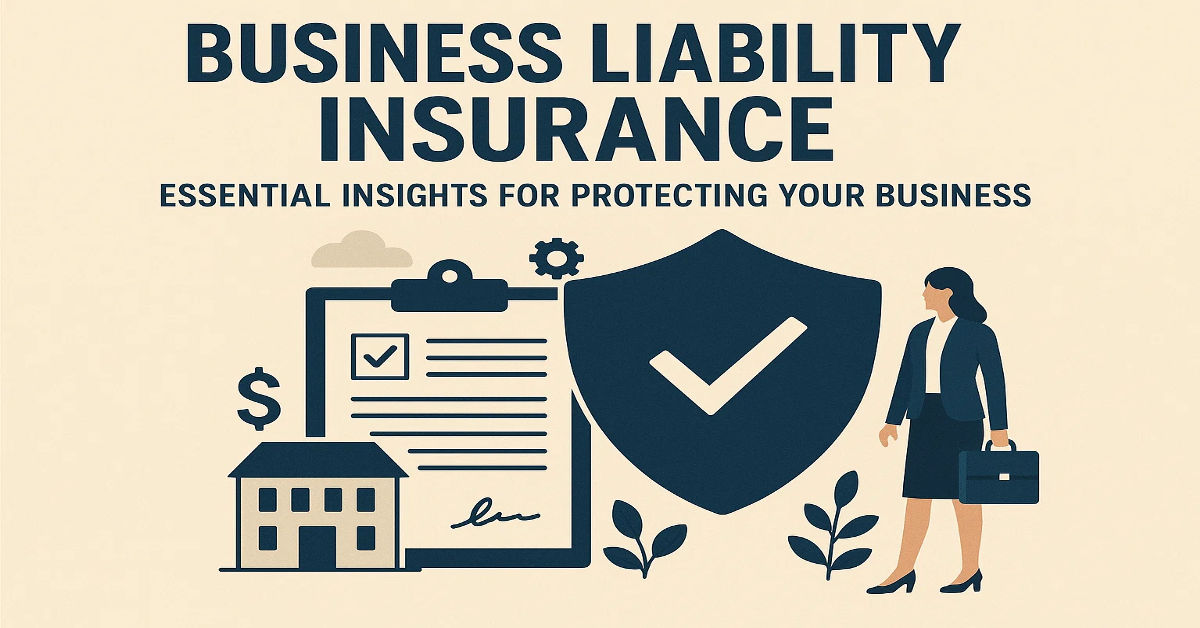
A life insurance policy offers financial security to your loved ones after you’re gone. Yet, understanding the variety of options and how they benefit you can feel overwhelming. This guide simplifies the complexities of life insurance policies, helping you make informed decisions about securing your family’s future.
What Is a Life Insurance?
A life insurance is a contract between an individual and an insurance provider. The policyholder pays regular premiums, and in return, the insurer pledges a lump sum payment—commonly called the death benefit to designated beneficiaries upon the policyholder’s death. This ensures that your dependents have financial support to cover expenses like debt, daily living needs, or educational costs.
Why Do You Need Life Insurance?
Life insurance acts as a financial safety net. It’s particularly valuable for those with dependents, ensuring they won’t face financial distress in your absence. Beyond covering basic needs, a life insurance policy can also serve as an inheritance plan or assist in paying off large debts, such as mortgages, after you’re gone.
Even for individuals without dependents, life insurance can cover funeral expenses or outstanding debts, offering peace of mind about your financial legacy.
Types of Life Insurance Policies
When choosing a life insurance, knowing which type suits your needs is crucial. Here are the main categories:
a) Term Life Insurance
This policy offers coverage for a set period, typically 10, 20, or 30 years. If the policyholder passes away within this term, the beneficiaries receive the death benefit. Term life insurance is often the most affordable option but doesn’t build cash value.
b) Whole Life Insurance
Whole life insurance provides lifelong coverage and includes a cash value component that grows over time. While premiums are higher than term life policies, this option offers additional financial benefits, such as loans against the cash value during your lifetime.
c) Universal Life Insurance
This flexible policy allows you to adjust your premiums and death benefits as needed. Like whole life insurance, it includes a savings element that earns interest.
d) Final Expense Insurance
Designed specifically to cover end-of-life expenses like funeral costs, this policy is ideal for older individuals or those with limited coverage needs.
How Much Coverage Do You Need?
Determining your coverage amount depends on several factors, including your income, debts, and long-term financial commitments. A good rule of thumb is to opt for coverage that is 10-15 times your annual income. For example, if your annual earnings are $50,000, a policy worth $500,000 to $750,000 might be suitable.
Consider specific expenses, such as outstanding loans or future college tuition, when calculating your policy’s value. Ultimately, your insurance policy should be tailored to your family’s unique financial needs.
How Are Life Insurance Premiums Determined?
Premiums are influenced by various factors, such as your age, health, and lifestyle habits. Young and healthy individuals typically enjoy lower rates. Meanwhile, pre-existing conditions, smoking, or high-risk occupations may lead to higher premiums.
To secure the best rate, assess multiple providers and consider getting insured early. Many insurers also offer discounts for healthy behaviors, like quitting smoking or maintaining an active lifestyle.
Common Use Cases for an Insurance Policy
A life insurance policy is one of the most versatile financial tools. Here’s how it might be applied:
- Income Replacement: If you’re the main breadwinner, the payout can cover daily living expenses for your family.
- Debt Coverage: Benefits can be used to pay off mortgages, credit card debt, or other loans.
- Educational Funding: Future tuition fees for children can be managed with ease.
- Estate Planning: Life insurance simplifies asset transfers by reducing potential tax burdens on heirs.
- Charitable Contributions: Some policies allow you to name a charity as your beneficiary, leaving a legacy aligned with your values.
The Importance of Reviewing Your Policy Regularly
Life circumstances such as marriage, having children, or changes in income can impact your insurance needs. Regularly reviewing your insurance policy ensures it aligns with your current and future financial goals.
For example, as your income increases, you may consider upgrading your coverage to ensure it matches your lifestyle or the added financial responsibilities brought on by new family members.
Tips for Choosing the Right Policy Provider
Not all insurers are created equal, and finding the right life insurance provider entails thorough research. Here are some tips:
- Assess Financial Strength: Check ratings from agencies like AM Best to ensure the insurer has a solid financial track record.
- Compare Costs: Request quotes from multiple providers to find competitive rates.
- Understand the Terms: Ensure the policy’s terms are clear and straightforward regarding exclusions and benefits.
- Ask About Riders: Riders are optional add-ons, such as critical illness or waiver-of-premium riders, that enhance coverage.
Choosing a trustworthy provider ensures your family is well-protected when the time comes.
Conclusion
By understanding the types of coverage available, calculating your needs, and selecting a reputable provider, you can secure peace of mind and a stable future for your loved ones. A life insurance policy is more than a contract; it’s a financial promise to those who matter most. Whether you aim to replace income, cover future expenses, or leave an inheritance, a well-chosen policy can make a world of difference.
FAQs
1. What happens if I stop paying premiums on my life insurance?
If you stop paying premiums, you risk the policy lapsing. For term life insurance, this means forfeiting coverage. For whole or universal life insurance, unpaid premiums may decrease the cash value or lead to a lapse if the value is insufficient to cover costs.
2. Is a medical exam always required to get life insurance?
Not always. Some insurers offer no-exam policies, especially for low coverage amounts. However, policies requiring a medical exam often have lower premiums since they provide insurers with a clearer health assessment.
3. Can I have multiple life insurance policies?
Yes, you can hold multiple policies to cover different needs, like having a term policy for your mortgage and another for leaving an inheritance. Just ensure the total coverage aligns with your financial goals.
4. Does life insurance payout affect taxes?
Most death benefits are not subject to income tax. However, if the policy passes through your estate, it may become subject to estate tax depending on its total value.
5. When is the best time to purchase life insurance?
The sooner, the better. Premiums are lower when you’re young and healthy. Waiting to purchase could result in higher premiums or limited coverage options if health issues arise later.




















